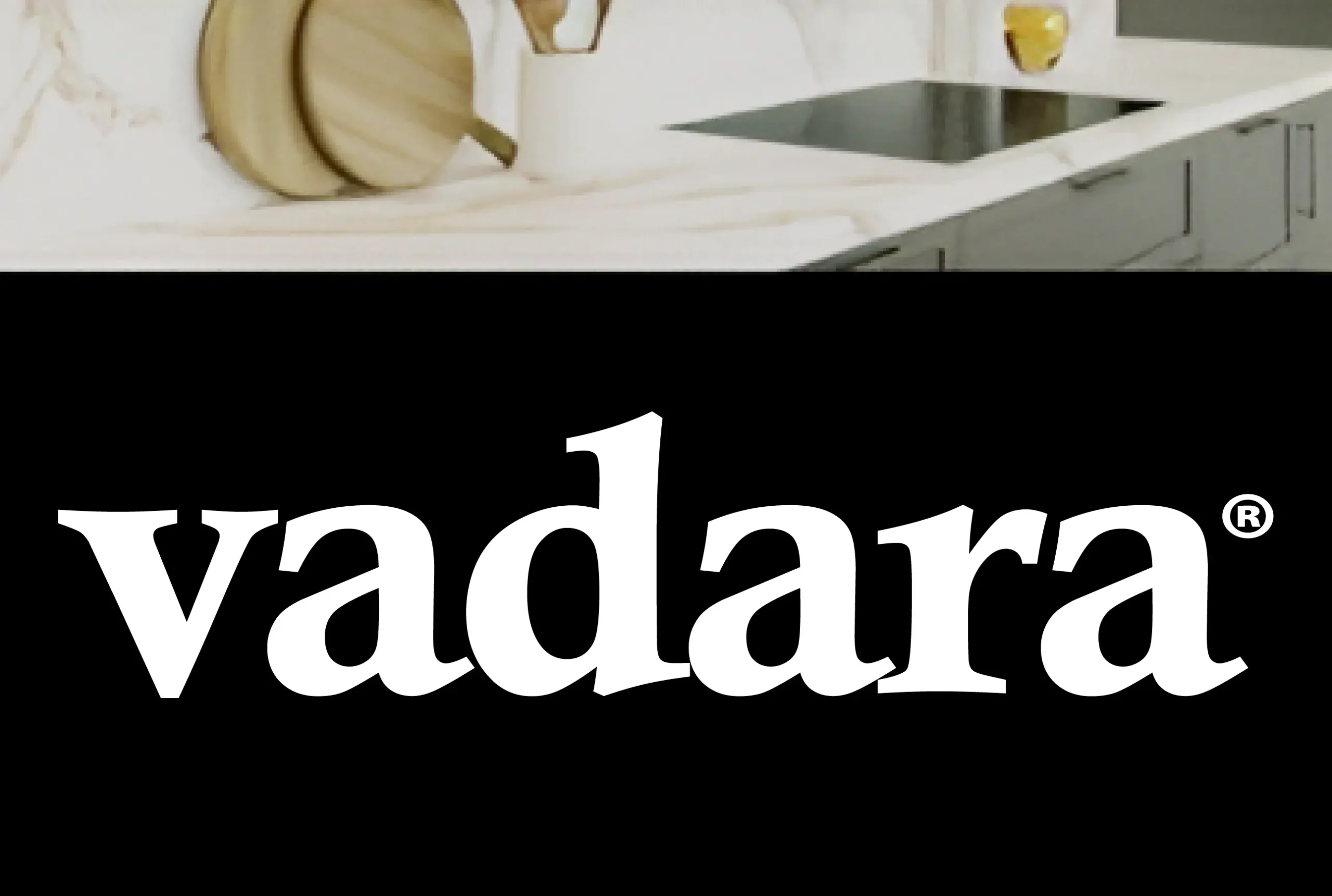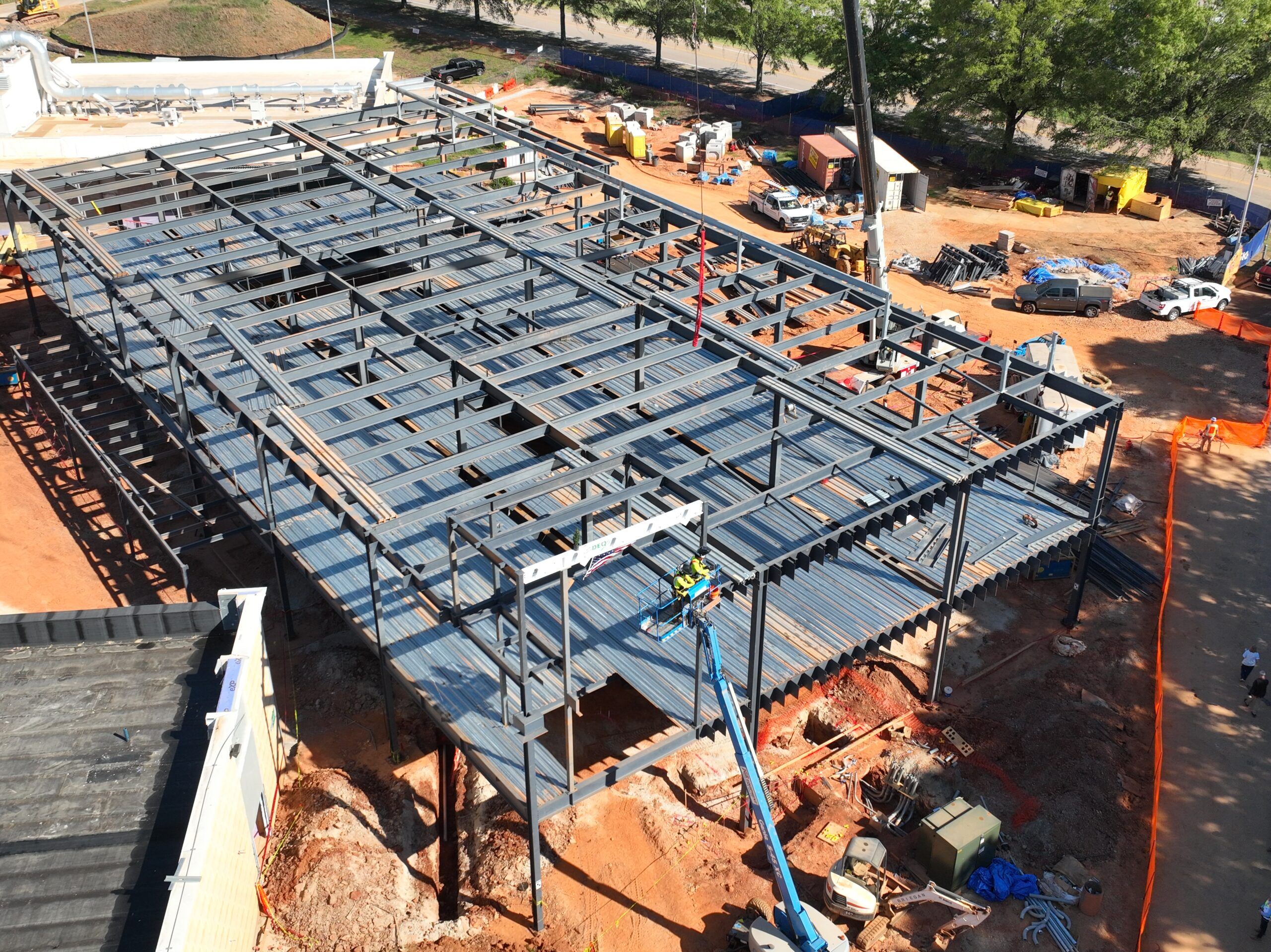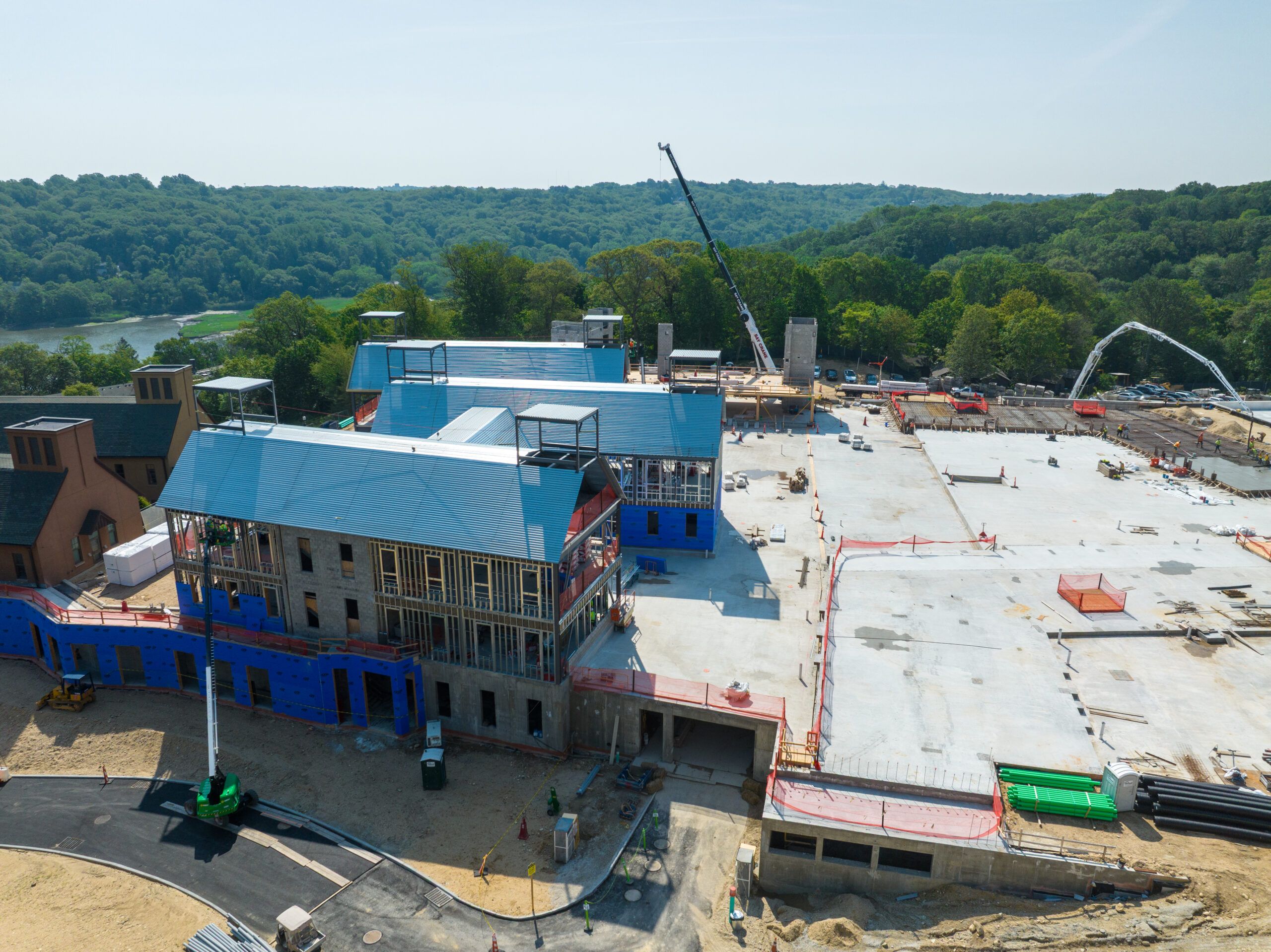Raising chickens requires careful planning to ensure their living environment is comfortable, healthy, and productive. A well-designed chicken house makes all the difference, and three key things—ventilation, insulation, and lighting—help create the perfect space for your flock.
Good ventilation keeps the air fresh, stops moisture from building up, and gets rid of ammonia, which can cause health problems. Insulation keeps the temperature just right, so your chickens stay warm in winter and cool in summer. And lighting? It plays a big part in their daily routine and even affects how many eggs they lay.
When you get these basics right, your chickens will be happier, healthier, and more productive. A little effort goes a long way in making sure they have the best possible home!
The Importance of Proper Ventilation
Ventilation is a critical component of a well-functioning chicken house. It ensures fresh air circulates while removing moisture, ammonia, and airborne contaminants. Without adequate ventilation, chickens can suffer from respiratory issues, heat stress, and increased disease risk. Proper airflow prevents overheating in the summer and maintains warmth in the winter.
It also reduces excess moisture, which can lead to mould growth and respiratory problems. Additionally, ventilation helps eliminate harmful ammonia buildup from chicken droppings and dust particles that can affect respiratory health. Fresh air minimises the spread of airborne pathogens, keeping the flock healthier.
Poultry keepers can use natural, mechanical, or adjustable ventilation systems to achieve effective ventilation. Natural ventilation involves using windows, vents, and open walls to allow airflow. Positioning openings at higher points ensures warm, stale air exits while fresh air enters.
Mechanical ventilation, such as fans and exhaust systems, enhances airflow, especially in enclosed or large-scale operations. Adjustable ventilation allows for opening and closing vents based on seasonal needs and ensures year-round comfort.
The Role of Insulation in Chicken Houses
Insulation is essential for maintaining a stable temperature inside the chicken house. Extreme heat or cold can negatively impact egg production and the flock’s overall health. A well-insulated coop reduces energy costs and ensures chickens remain comfortable throughout the year.
Proper insulation regulates temperature by preventing overheating in summer and retaining warmth in winter. It also reduces reliance on artificial heating and cooling systems, helping to minimise energy costs. Additionally, insulation prevents cold drafts that can stress chickens and lead to health problems. Comfortable chickens are more productive, leading to consistent egg-laying.
Poultry keepers can use several effective insulation materials. Foam boards are lightweight and effective at reducing heat loss and preventing drafts. Fibreglass insulation is commonly used in larger chicken houses but must be covered to prevent chickens from pecking at it.
Natural options like straw and hay provide good insulation in winter but require regular replacement to prevent mould. Reflective barriers are also useful for deflecting excessive heat in hot climates. To maximise insulation, poultry keepers should seal gaps and cracks to prevent air leaks, use insulated flooring to maintain warmth, and ensure that insulation does not obstruct ventilation.
The Impact of Lighting on Chicken Health and Productivity
Lighting significantly affects chicken growth, behaviour, and egg production. Proper lighting schedules can enhance productivity and maintain a stable routine for the flock. A consistent light schedule helps regulate sleep cycles, ensuring chickens get the needed rest. Adequate lighting also boosts egg production, as chickens require about 14-16 hours of light daily for optimal laying.
Additionally, proper lighting prevents overcrowding and pecking issues by keeping the environment calm, and it enhances growth rates in meat-producing chickens by improving weight gain and feed efficiency.
To achieve optimal lighting conditions, poultry keepers should use energy-efficient LED or fluorescent bulbs that provide consistent illumination. Implementing a lighting schedule with automatic timers helps maintain regular light cycles without human intervention. Adjusting light intensity is also essential, as excessive brightness can cause stress, while dim lighting can reduce productivity. Allowing natural daylight to supplement artificial lighting helps create a balanced environment.
Achieving a Balance Between Ventilation, Insulation, and Lighting
Optimising a chicken house requires balancing ventilation, insulation, and lighting to create the best living conditions for the flock. Based on weather changes, ventilation openings, insulation layers, and lighting schedules should be adjusted seasonally. In colder months, insulation should be reinforced, and ventilation openings should be adjusted to minimise drafts while allowing fresh air circulation.
Increasing airflow through windows, vents, or fans during hotter seasons can prevent overheating and maintain a comfortable environment. Adjusting lighting schedules to accommodate shorter or longer daylight hours ensures chickens maintain a consistent daily routine.
Monitoring environmental conditions is essential for maintaining a stable chicken house. Thermometers, humidity sensors, and airflow meters help poultry keepers track temperature and air quality, allowing them to promptly make necessary adjustments. Regular maintenance of ventilation systems, insulation materials, and lighting fixtures ensures these elements function efficiently.
Cleaning and inspecting vents, fans, and air filters prevent blockages that could restrict airflow while checking insulation for damage or moisture buildup ensures consistent temperature regulation.
Energy efficiency should also be a priority when optimising a chicken house. Investing in solar-powered ventilation fans can reduce electricity costs while maintaining optimal airflow. LED lighting is an excellent energy-efficient option, as it consumes less power while providing adequate brightness for the flock. Additionally, incorporating automated systems such as programmable ventilation and lighting controls can improve efficiency and reduce manual adjustments.
Integrating proper airflow, stable temperatures, and well-planned lighting results in a stress-free and productive environment for the flock. When these elements work together, chickens experience reduced stress, fewer health complications, and improved egg-laying performance. A well-balanced chicken house provides long-term benefits for poultry keepers and birds, ensuring a sustainable and thriving operation.
Final Words
Designing a comfortable and efficient chicken house requires a combination of well-planned ventilation, insulation, and lighting. Fresh airflow ensures a clean and breathable environment, while insulation helps maintain consistent temperatures throughout the seasons. Well-regulated lighting fosters productivity and overall health within the flock.
Maintaining a balance among these three elements creates an ideal living space where chickens thrive and egg production remains steady. Whether managing a backyard coop or a large-scale poultry operation, establishing optimal housing conditions benefits the animals and their caretakers, ensuring long-term success.












